Definition and importance of TEM deburring
TEM (Thermal Energy Method) deburring is an advanced method of removing burrs and deburring from metal parts, which plays a key role in precision machining. The process involves placing the workpiece in a hermetically sealed chamber into which a mixture of combustible gases (e.g., methane, hydrogen) and oxygen is introduced. Ignition of this mixture causes a rapid rise in temperature to about 3,500°C, resulting in effective burning and deburring. The key aspect is to precisely control the diffusion of heat to ensure even removal of unwanted elements without damaging the workpiece. The process is scientifically classified as a “thermal-chemical deburring process” and is assigned to the “chemical removal” process subgroup according to DIN 8590.
TEM deburring at SIM Gdynia: a technological advantage
At SIM Gdynia, TEM deburring is used to achieve exceptional precision in component manufacturing. Thanks to this technique, we can effectively remove burrs from the most complex and hard-to-reach areas, where mechanical means would fail. This process makes it possible to achieve smooth and even surfaces, which are essential for advanced applications such as components in hydraulic and pneumatic systems or components in the aerospace and defense industries. As a result, we offer products of the highest quality and precision, putting us at the forefront of innovation in the metalworking industry.
Advantages of TEM deburring for industry
TEM deburring, being a “thermal-chemical” process, offers unique advantages for industry. The process allows simultaneous removal of external and internal burrs in a single machining cycle, which ensures the reliability of the process. It does not affect surface structure, which is important for plastic parts. The process offers unparalleled cleanliness and cycle speed for high production volumes, while also having low energy costs. TEM deburring is particularly useful for cast and turned parts and distribution blocks, as well as in the production of components for hydraulic and pneumatic valves.
Material limitations in TEM deburring
While TEM deburring is effective for many materials, there are some limitations to its use. First and foremost, the process is not recommended for metals such as magnesium, due to its tendency to burn uncontrollably and its low flash and melting points. Similarly, titanium is also ruled out due to its very high boiling point (3535 °C), making it unsuitable for the process. In addition, high-temperature resistant materials often used in the aerospace industry, such as zirconium, are also not suitable for TEM deburring. These material limitations require manufacturers to use other processing methods for these specific materials.
Gaseous fuel sources in TEM deburring
Various types of gaseous fuel sources are used in TEM deburring. The main fuel gases used in these machines are methane, natural gas or hydrogen. There are three main ways to deliver these gases to the machine: a gas and oxygen bundle, a natural gas compressor combined with an oxygen bundle, and a natural gas compressor with an oxygen tank. The choice of the appropriate fuel source depends on machine specifications and process requirements.
Post-gratification process at SIM Gdynia: Washing and anti-corrosion coatings
At SIM Gdynia, the post-burring process includes thorough washing of components to remove iron oxide deposits after the TEM deburring process. The cleaning technique is adapted to the type of material – we use pH-neutral cleaning with ultrasonic support for steel and cast iron, and other methods for aluminum and zinc. After the cleaning process, we apply anti-corrosion coatings that provide long-term protection and preserve the material properties of the components. This extra attention to detail ensures that our products meet the highest standards of quality and durability.
Summary
In conclusion, TEM deburring technology, although relatively rare in Polish industry, represents a significant advance in precision machining. It enables efficient deburring of various materials, while minimizing the impact on their properties. Few companies in Poland have advanced TEM deburring machines, making this technology particularly valuable to those who rely on it. It is a direction that is sure to grow in importance, representing the future of innovation and manufacturing excellence.

